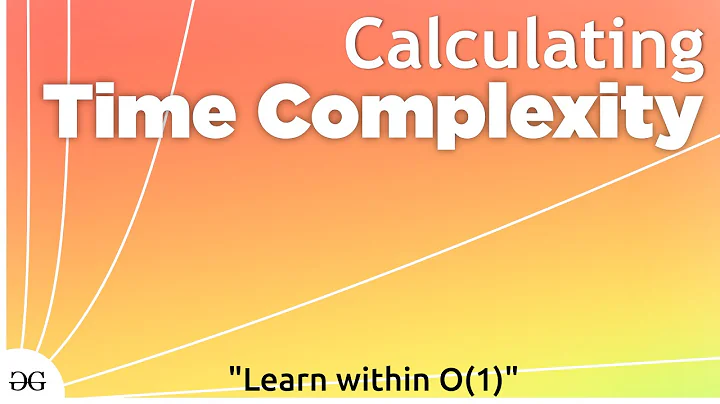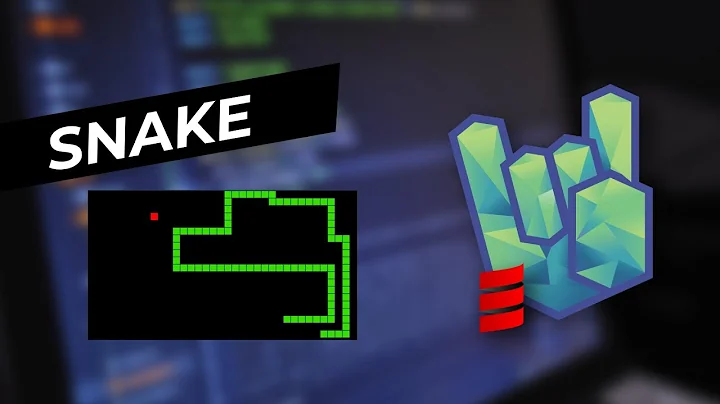How I know the runtime of a code in scala?
Solution 1
Based on discussion here, you'll want to use System.nanoTime to measure the elapsed time difference:
val t1 = System.nanoTime
/* your code */
val duration = (System.nanoTime - t1) / 1e9d
Solution 2
Starting from Spark2+ we can use spark.time(<command>)(only in scala until now) to get the time taken to execute the action/transformation..
Example:
Finding count of records in a dataframe
scala> spark.time(
sc.parallelize(Seq("foo","bar")).toDF().count() //create df and count
)
Time taken: 54 ms //total time for the execution
res76: Long = 2 //count of records
Solution 3
The most basic approach would be to simply record the start time and end time, and do subtraction.
val startTimeMillis = System.currentTimeMillis()
/* your code goes here */
val endTimeMillis = System.currentTimeMillis()
val durationSeconds = (endTimeMillis - startTimeMillis) / 1000
Solution 4
You can use scalameter: https://scalameter.github.io/
Just put your block of code in the brackets:
val executionTime = measure {
//code goes here
}
You can configure it to warm-up the jvm so the measurements will be more reliable:
val executionTime = withWarmer(new Warmer.Default) measure {
//code goes here
}
Solution 5
Case : Before spark 2.1.0
< Spark 2.1.0 explicitly you can use this function in your code to measure time in milli seconds
/**
* Executes some code block and prints to stdout the time taken to execute the block. This is
* available in Scala only and is used primarily for interactive testing and debugging.
*
*/
def time[T](f: => T): T = {
val start = System.nanoTime()
val ret = f
val end = System.nanoTime()
println(s"Time taken: ${(end - start) / 1000 / 1000} ms")
ret
}
Usage :
time {
Seq("1", "2").toDS().count()
}
//Time taken: 3104 ms
Case : After spark 2.1.0
>= Spark 2.1.0 There is a built in function given in SparkSession
you can use spark.time
Usage :
spark.time {
Seq("1", "2").toDS().count()
}
//Time taken: 3104 ms
Related videos on Youtube
David Rebe Garcia
Updated on May 20, 2020Comments
-
David Rebe Garcia almost 4 years
I need to calculate the runtime of a code in scala. The code is.
val data = sc.textFile("/home/david/Desktop/Datos Entrada/household/household90Parseado.txt") val parsedData = data.map(s => Vectors.dense(s.split(' ').map(_.toDouble))).cache() val numClusters = 5 val numIterations = 10 val clusters = KMeans.train(parsedData, numClusters, numIterations)I need to know the runtime to process this code, the time have to be on seconds.
-
evan.oman almost 8 yearsI think I read that you want to use
System.nanoTimerather thanSystem.currentTimeMillis(). -
cduhn almost 8 yearsIf he just wants to measure wall time to the nearest second, I personally wouldn't sweat it. Based on the question itself, I'm guessing the intent isn't to do intense, high-precision profiling.
-
evan.oman almost 8 yearsFrom the answer: 'The purpose of nanoTime is to measure elapsed time, and the purpose of currentTimeMillis is to measure wall-clock time. You can't use the one for the other purpose ... You may say, "this doesn't sound like it would ever really matter that much," to which I say, maybe not, but overall, isn't correct code just better than incorrect code? Besides, nanoTime is shorter to type anyway.'
-
cduhn almost 8 yearsI appreciate the thought, but in the scenario described in the question, it really won't matter. If this question about
nanoTimevscurrentTimeMilliswas asked by a junior developer sitting next to me, I'd tell him to not sweat it and worry about more important things. -
evan.oman almost 8 yearsSure, there are more important things, but why not use the more correct version if there is absolutely no cost to switch to it?
-
S12000 over 7 yearsAs it is a nano second we need to divide it by 1000000000. in 1e9d "d" stands for double. (My aim is just to give some clarifications regarding 1e9d)
-
evan.oman over 7 yearsYep,
1e9dis10^9as a double. We want a double so that the result will be a double rather than a long (integer division vs double division) -
evan.oman over 7 years
scala> 1 / 3 res0: Int = 0vsscala> 1 / 3d res1: Double = 0.333... -
S12000 over 7 yearsThanks evan058. It adds usefull infos.
-
Yeikel over 5 yearsWhat about using timeunit like TimeUnit.NANOSECONDS.toMinutes(total) instead of that manual division?
-
user3190018 almost 4 yearsclear example for both lower and higher version of spark with scala
-
panc over 3 yearscan I use
spark.timeto time a model training and save the model ?









